What is the best way to store food? It’s a question that has puzzled people for centuries. Most of us take refrigeration for granted, but there was an era when this technology didn’t exist, and people had to find their own ways to keep food fresh. Here are some of the most popular methods used throughout history.
Root Cellar

A root cellar is a place underground where people store fruits and vegetables that aren’t good keepers (like potatoes, onions, carrots). Fruits and vegetables that don’t spoil quickly maintain their quality longer when stored in the right conditions. These conditions include dark, cool places with high humidity; you can achieve this naturally if you build your root cellar underground or artificially by putting something over it (like dirt) to keep out sunlight while still letting water escape.
Root cellars were especially common before refrigeration was widespread because they had some natural insulation against extreme cold. They could also be used during warm seasons; many people would bring foods inside the house that would normally go bad outside, like potatoes or cabbage, then use them as the weather cooled.
Smoking
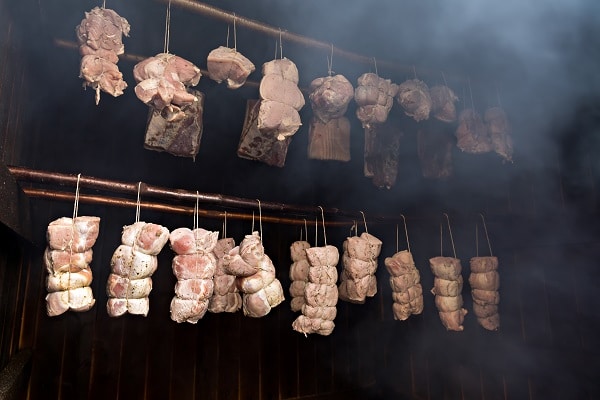
People used to smoke their meats and fish as a method of storage and preservation. Smoking preserves and cooks meat (cow, deer, turkey) at the same time. However, it is less effective for fish that need to be cured or dried out after smoking to keep them preserved. This technique works because the chemical sodium nitrite found in meats creates bacteria that cause rotting to die when exposed to high heat and restricted oxygen flow.
Smokehouses were typically built outdoors with wood-burning fires underneath metal racks where people put the food they wanted to smoke. As long as you continue this process, your food wouldn’t spoil and could last up to six months if you managed to keep the temperature in your smokehouse low enough.
Salting
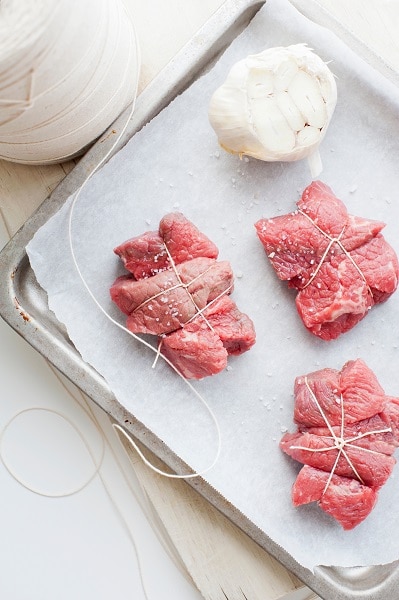
This method involved burying meat or fish completely in salt to preserve it. However, when you bury your food, no water can evaporate, so you don’t lose anything. The only problem is keeping insects and rodents out. People would try and keep them out by covering everything with salt then putting something on top (like straw) to seal it all in. They would also have to occasionally check for rotting by digging up the food periodically and checking if anything was rotten.
Curing
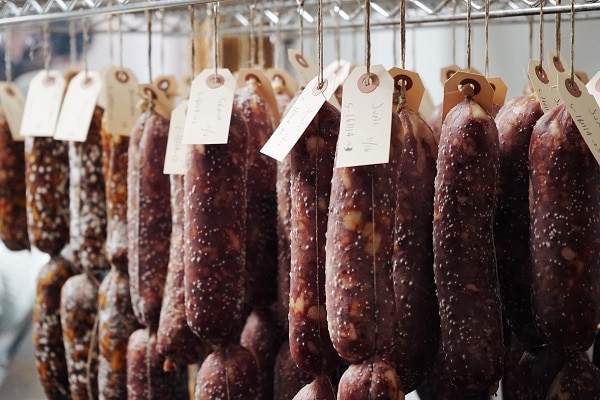
This method of food storage is similar to smoking, but it uses salt, sugar, nitrates (usually made from paprika), or honey instead of smoke that has a preservative effect. The good thing about curing meat is that you can do it faster; however, this method doesn’t cook the meat as smoking does, so it will need some other form of heat before eating.
People would cure meats like beef, pork, venison on racks over pans on the floor where excess liquids could drain out; they would make cuts in their meats first so salt could more evenly permeate them.
Larding
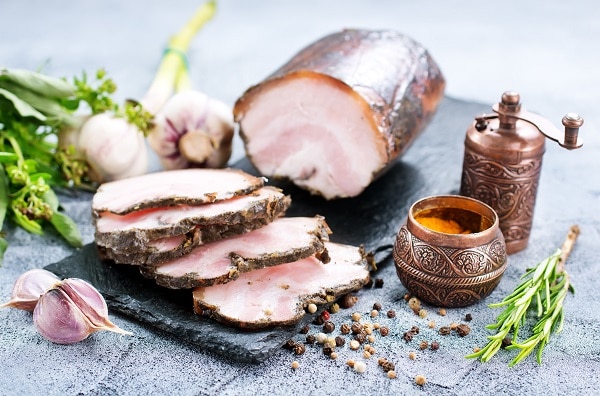
This method is also a form of curing where people would use a needle to “pitch” a stick of fat through the meat so that the fats could go throughout. This both added flavor and preserved meats from spoiling.
To do this effectively, you had to have cold temperatures, which at the time were only available naturally in cold climates like Scandinavia or Russia, which led to it being popular there. In other places, people would just keep their cured meats outside in the winter since they wouldn’t rot as much in those conditions, especially if it was dried out.
Drying

This method preserves fruits and vegetables by removing moisture from them. You must make your food as dry as possible to make this work. The drier, the better because if there is any remaining moisture, it will cause bacteria that causes rot. You can do this by putting your food outside in the sun or near fires (like a smokehouse).
Some people would simply peel their fruit and slice them up before drying them out, but others would boil the fruit first to remove even more moisture. Apples were especially popular for drying since they could be dried whole, preserving both flavor and texture; however, peaches needed to be peeled before they could be dried because their skin was so thick.
Canning
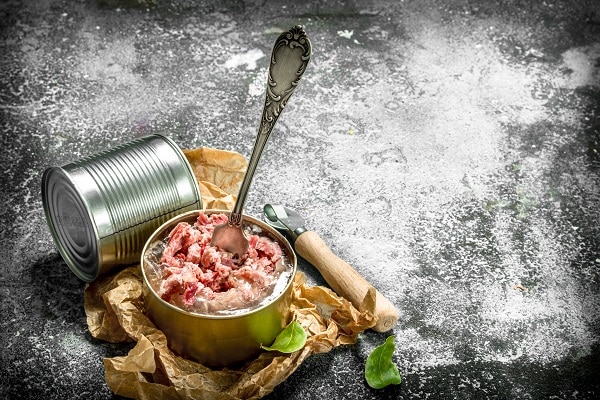
This method is similar to pickling, but the food is cooked before putting it in a jar, making its contents last up to one year if done properly. People were able to can meat, berries, and vegetables using this technique.
The important thing about canning was being sure you used sterile jars so no bacteria would enter the container during the process or be present in your canned food when you opened up that jar later on.
In order to do this, people boiled their jars for ten minutes then baked them at 200 degrees Fahrenheit before filling them with whatever foods they wanted to put away for later use. Any remaining bacteria from earlier would die at these temperatures, so it would be safer to eat when you want to open up that jar again.
The most popular food people canned was berries because they were quick and easy with a high success rate since they didn’t need to cook before putting in the jars.
Fermenting
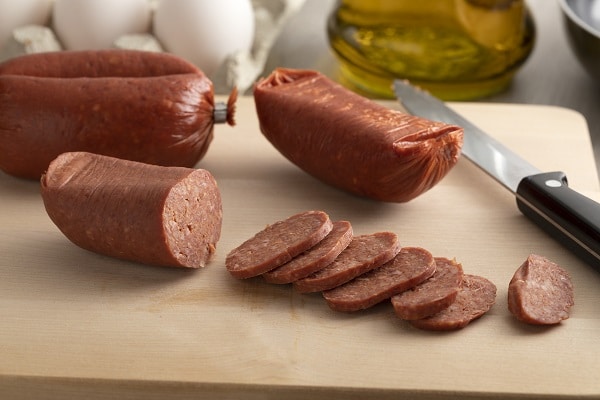
This is a process of preserving fruits and vegetables by keeping them submerged in water with salt or brine, which draws moisture from their cells while creating an environment where bacteria can’t grow. This creates acidic conditions that are hostile to bacteria.
People usually fermented foods like cabbage by chopping it up, placing it into a crock, and covering it with a lid to keep out air.
They would then add salt to the water until it was saturated and put heavy stones on top of the food so that they could get under the brine without being exposed to air. This allowed them to ferment for weeks or even months at room temperature.
Fermenting cabbage made sauerkraut while fermenting cucumbers created pickles. People did this because it was quick and easy, but there were some problems with the long-term storage quality of fermented foods since they still contained a lot of moisture, so they went bad more quickly than canned, dried, or cured foods did.
Conclusion
People have been preserving foods for millennia using one or more of these methods so that they could have access to nutritious meals even when the weather was bad, or there wasn’t enough time to plant crops every single year. Even today, people still use these methods, but they have since been improved upon with the help of modern technology, which allows people to preserve more food in better conditions for longer periods. This has helped us adapt to our ever-changing world and will continue to be an important part of the human experience so long as we exist on this planet.


